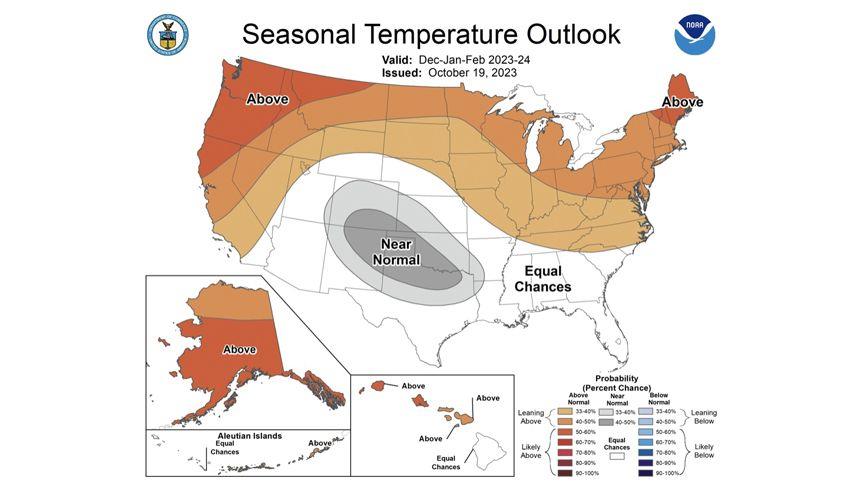 |
| File Photo |
The globe is an interconnected weather machine, and the El Niño–warmer sea temperatures in the Pacific Ocean–creates a predictable pattern scientists use to gauge the upcoming season.
“These outlooks provide critical guidance for many industries and sectors of our economy, from energy producers to commodities markets to agricultural interests to tourism,” said Dr. Sarah Kapnick, chief scientist with the National Oceanic and Atmospheric Administration. “With a strengthening El Niño and more potential climate extremes in an already record-breaking year, we’re lucky to have scientists like those at the Climate Prediction Center helping to build a Weather and Climate-Ready Nation by providing critical operational seasonal climate predictions.”
For the Northeast, the El Niño means a 40-50% chance that the winter will be warmer than normal, and a 33-40% chance that it will be wetter. With the warmer temperatures, the increased precipitation will most likely be rain, the forecasters said. They also predicted the region will not suffer drought conditions through the winter months.
El Niño means Little Boy in Spanish and was named by South American fishermen who noticed periods of unusually warm water in the Pacific in the 1600s.
